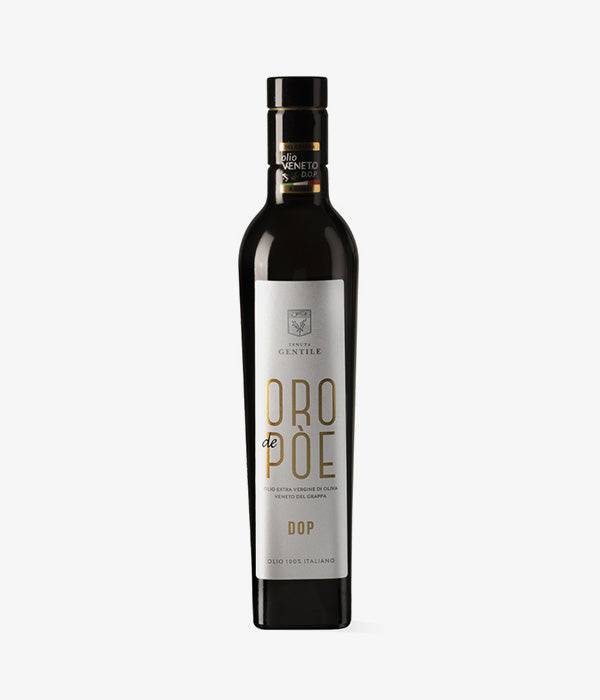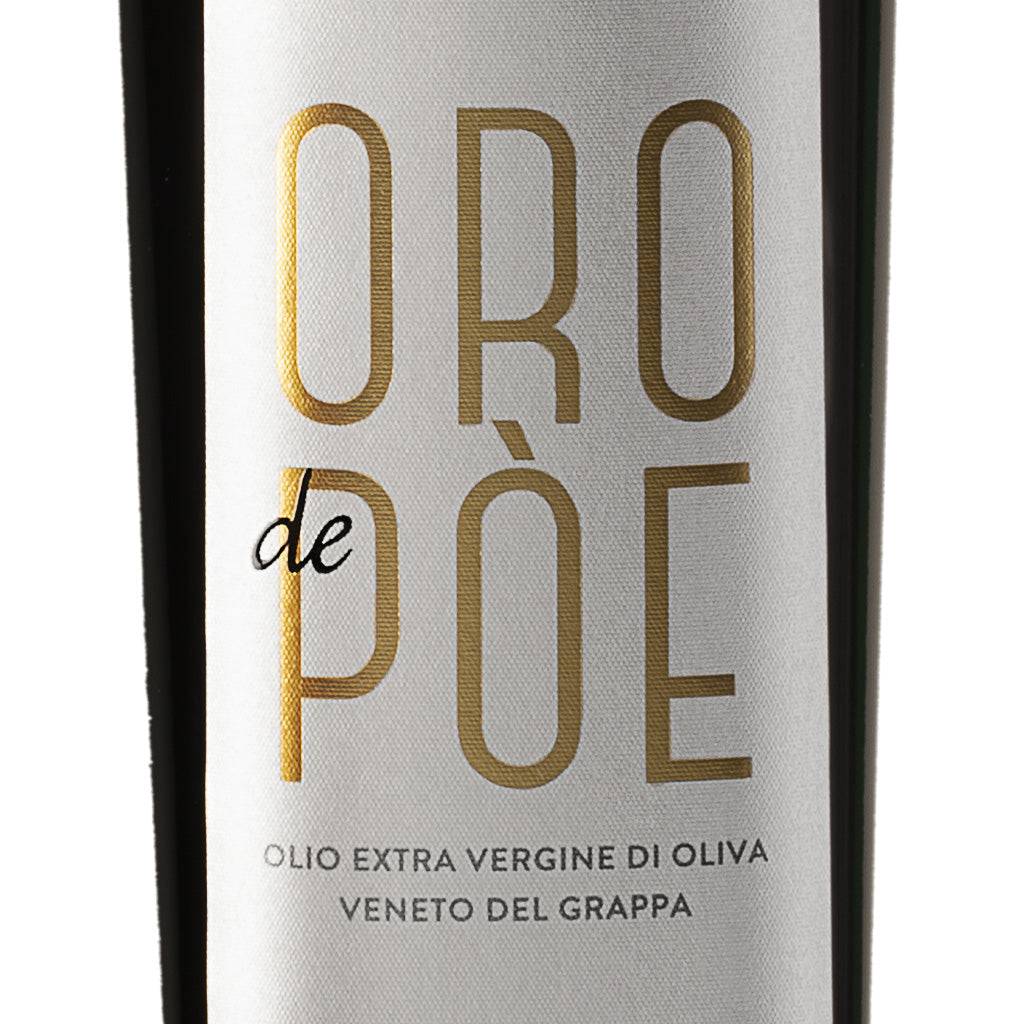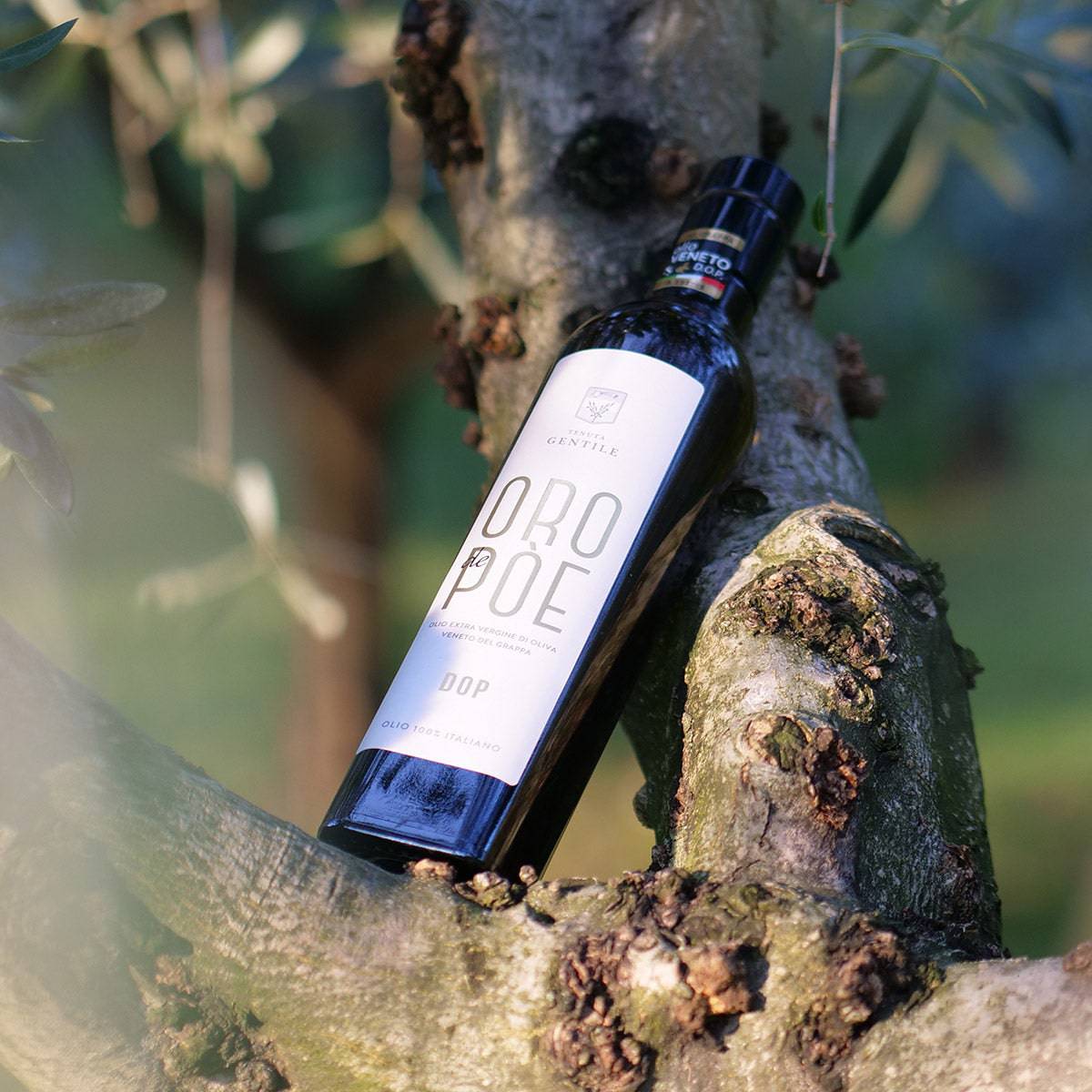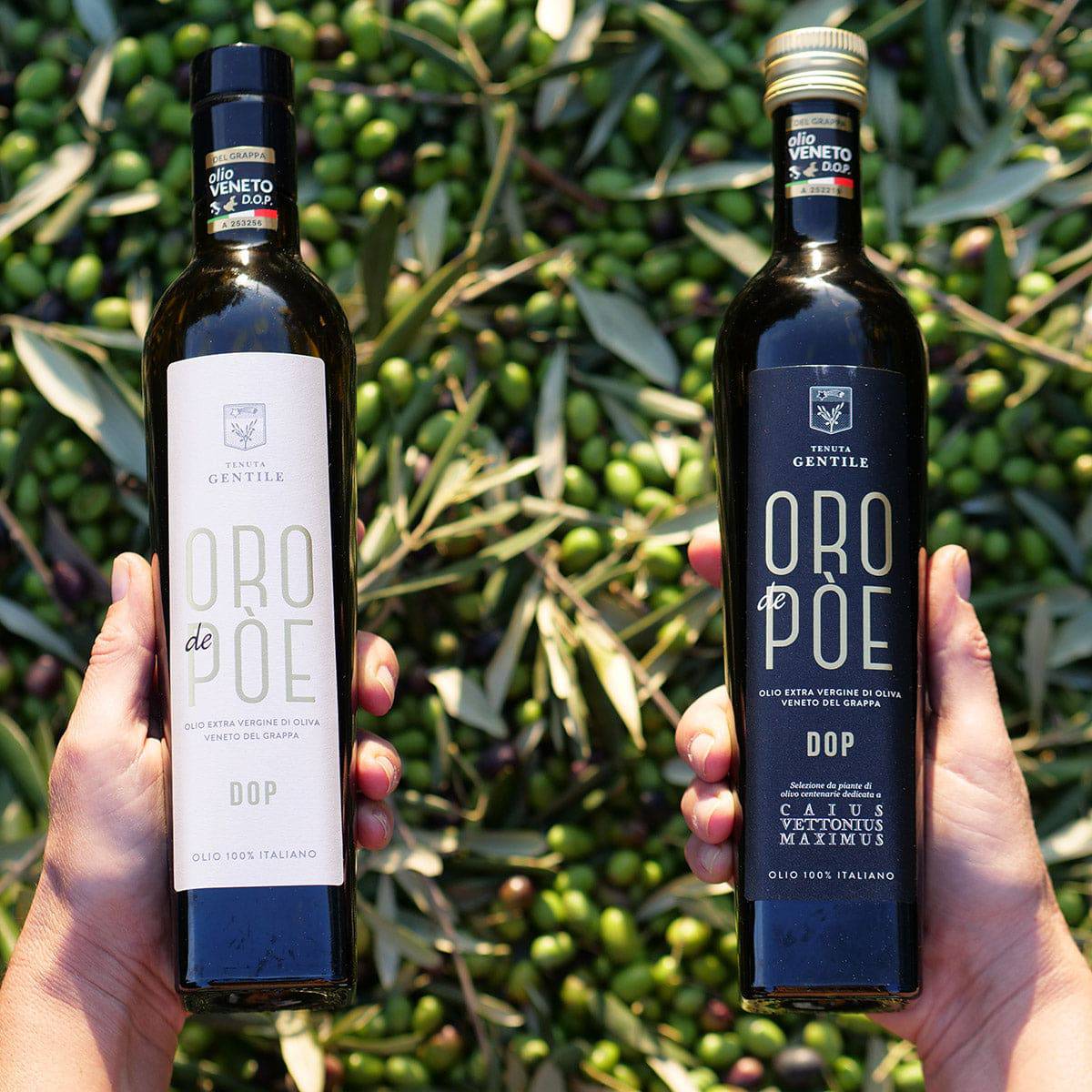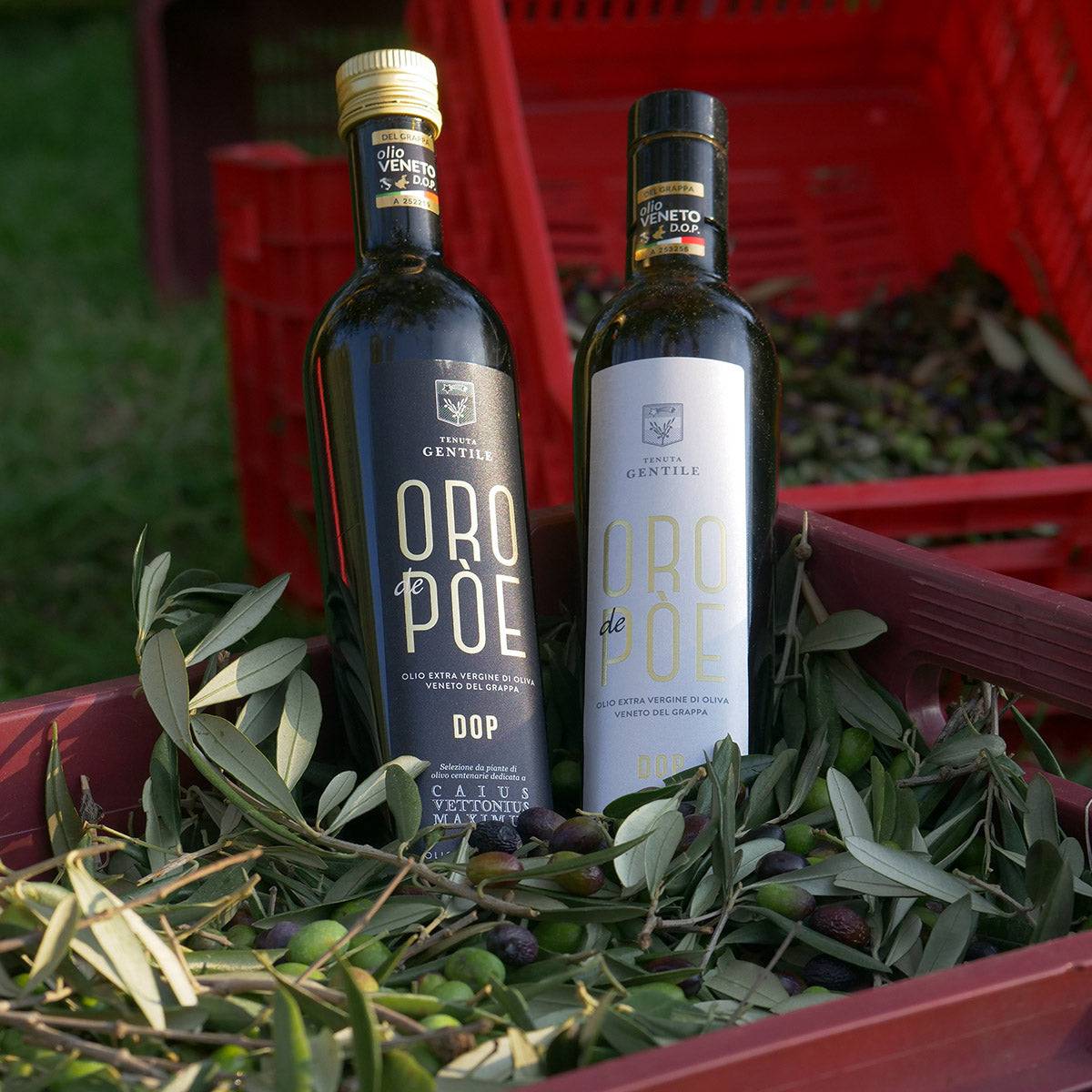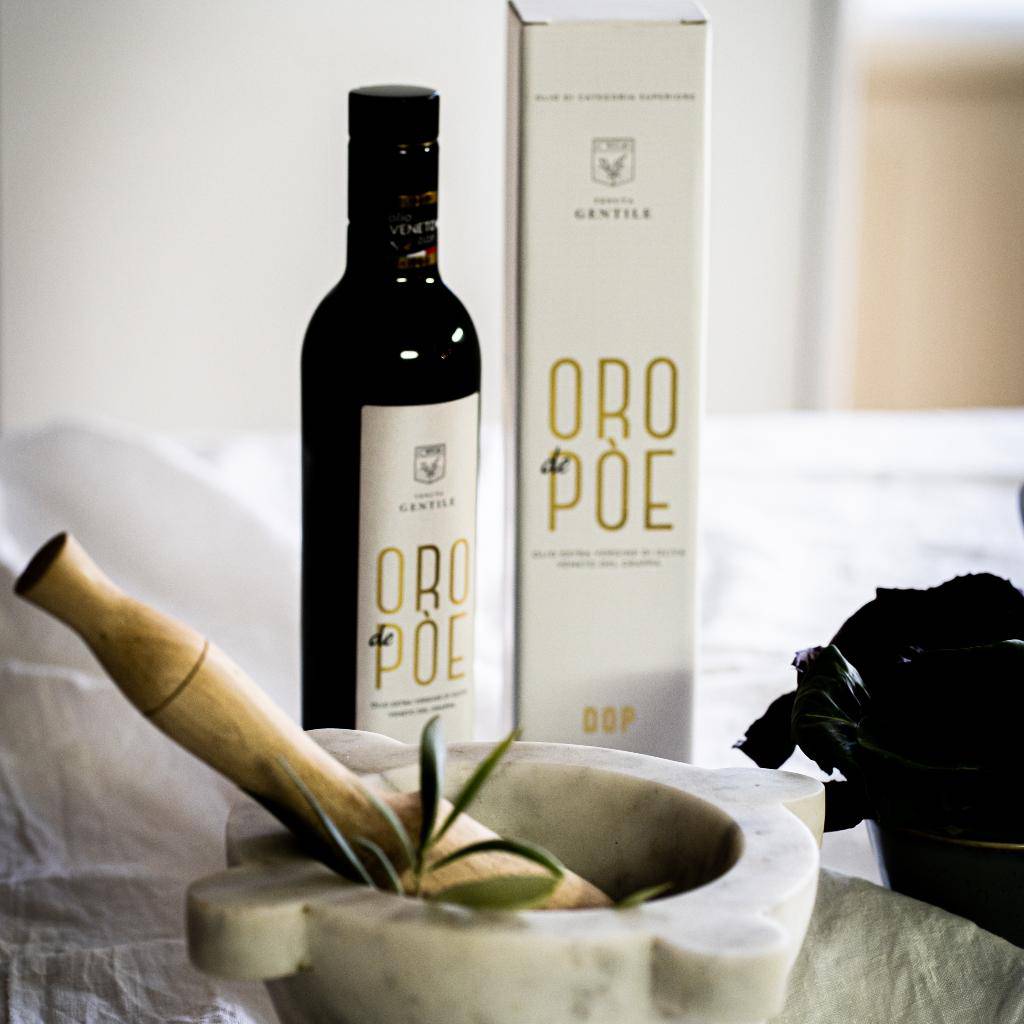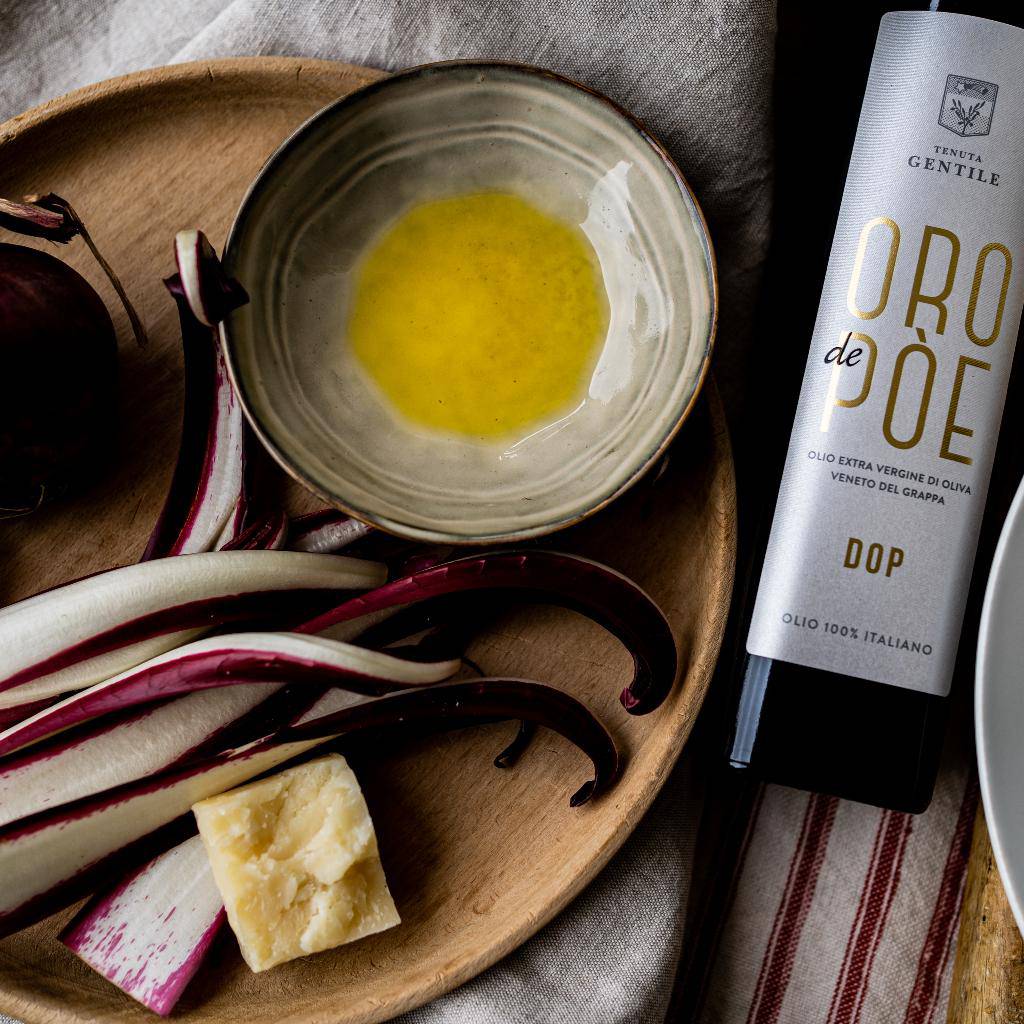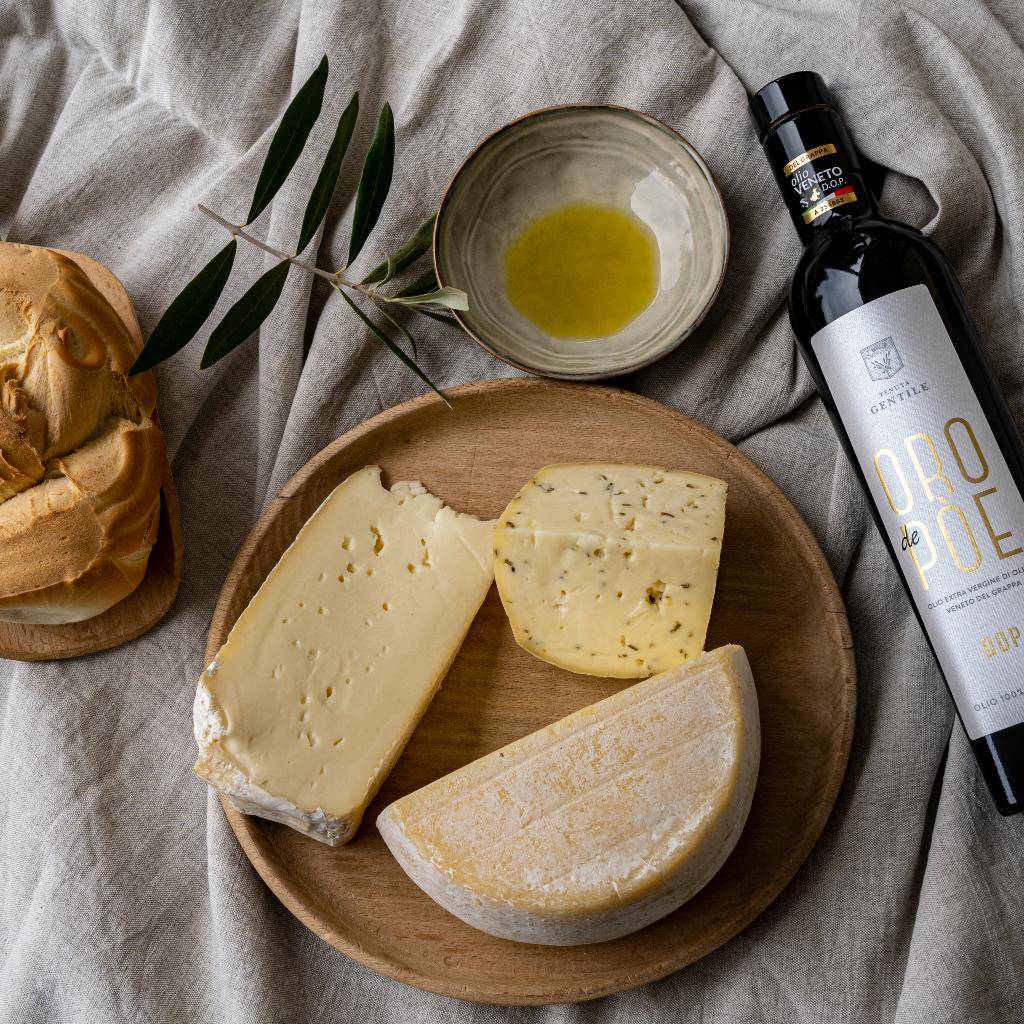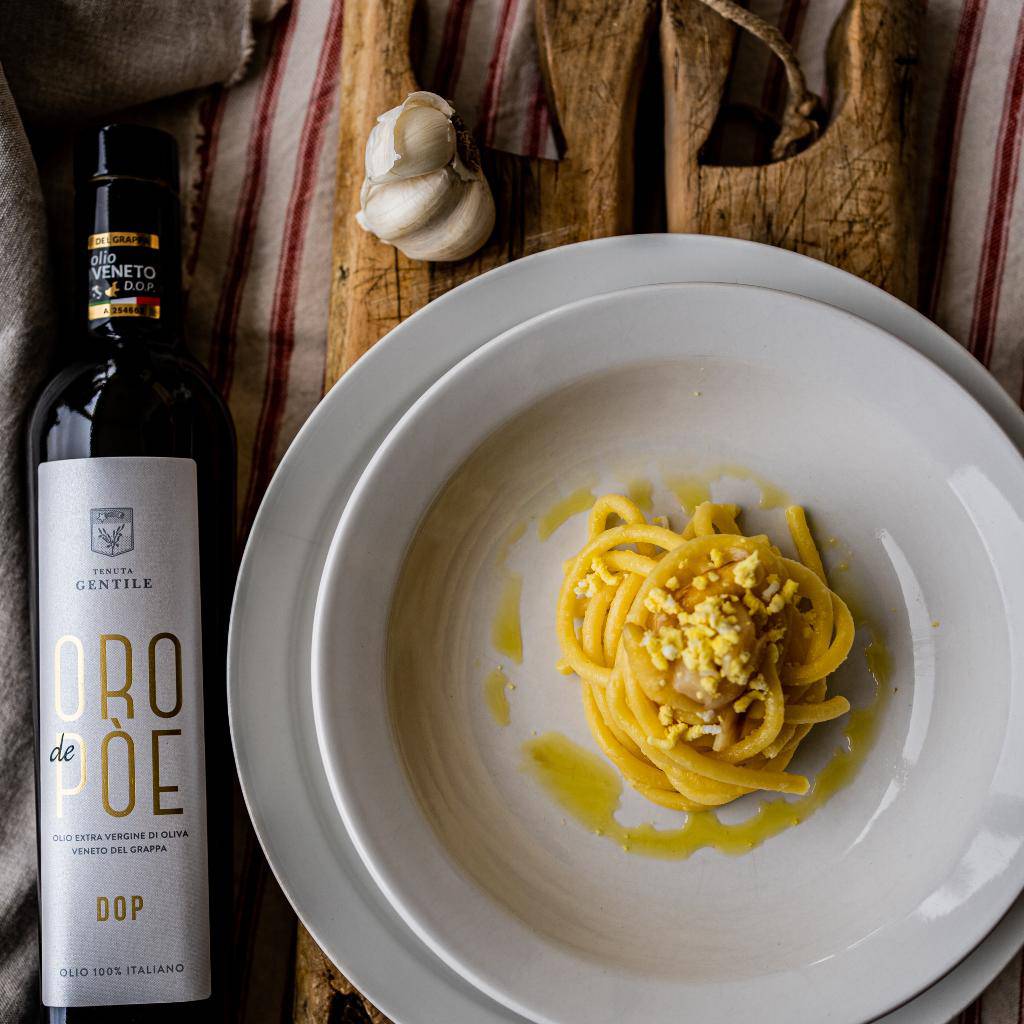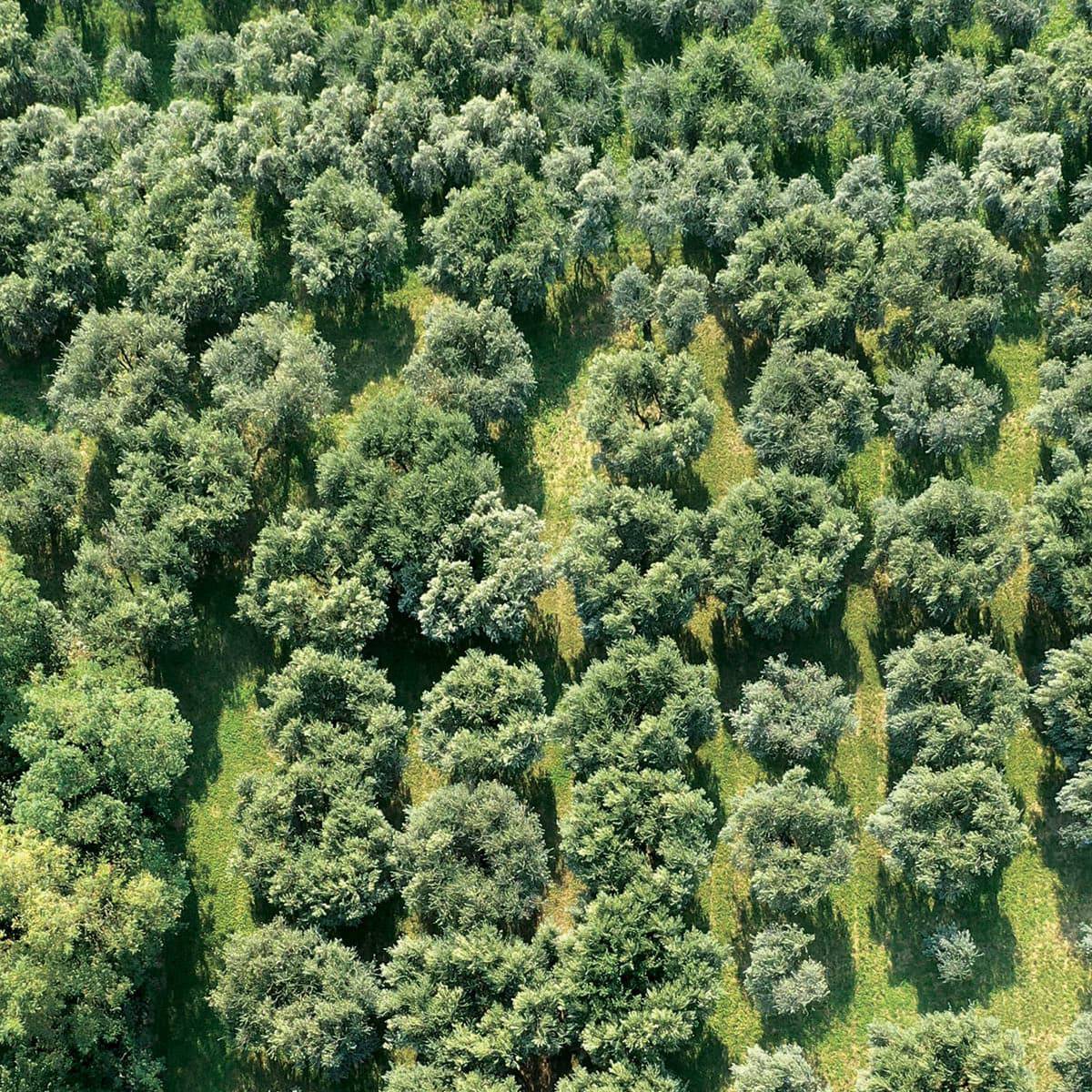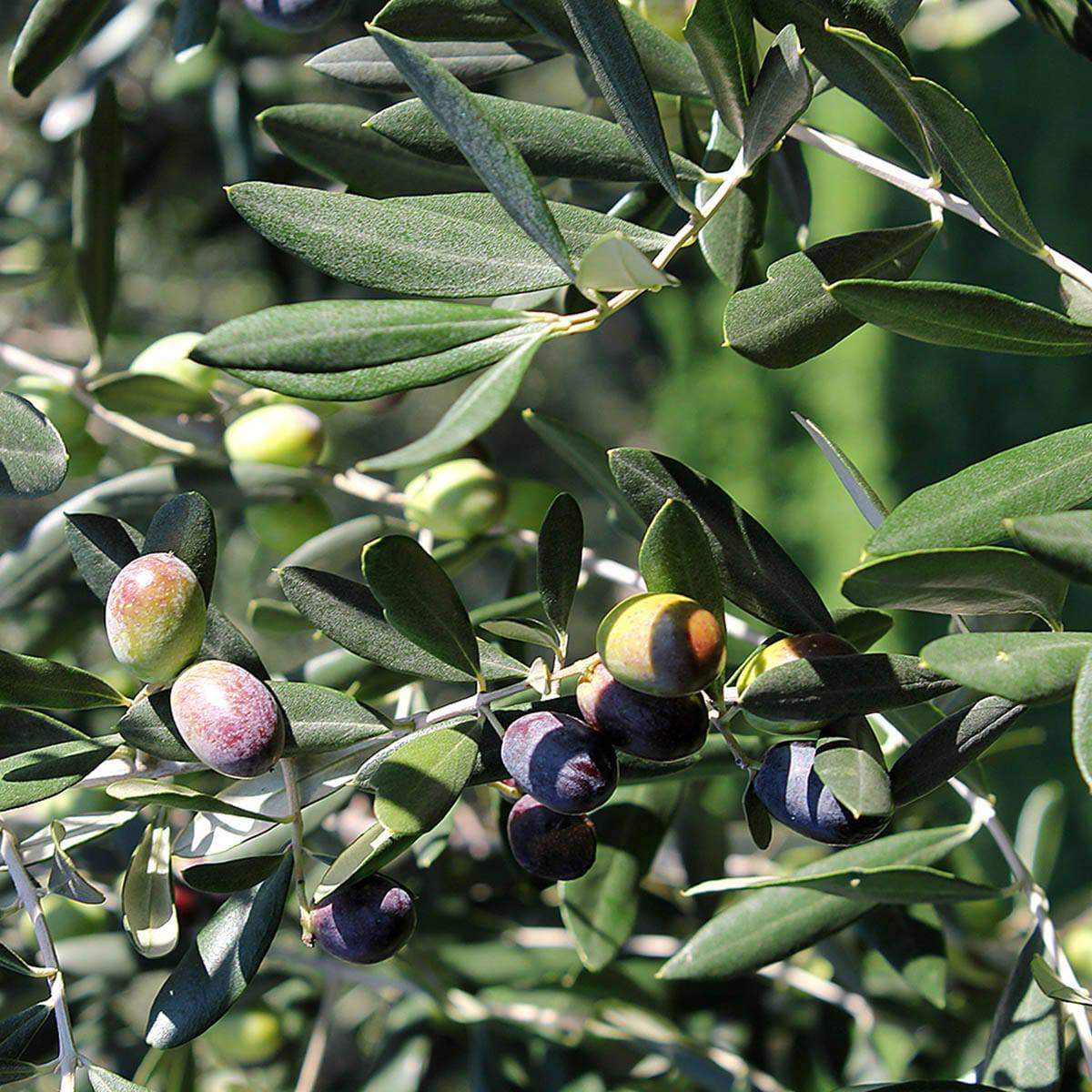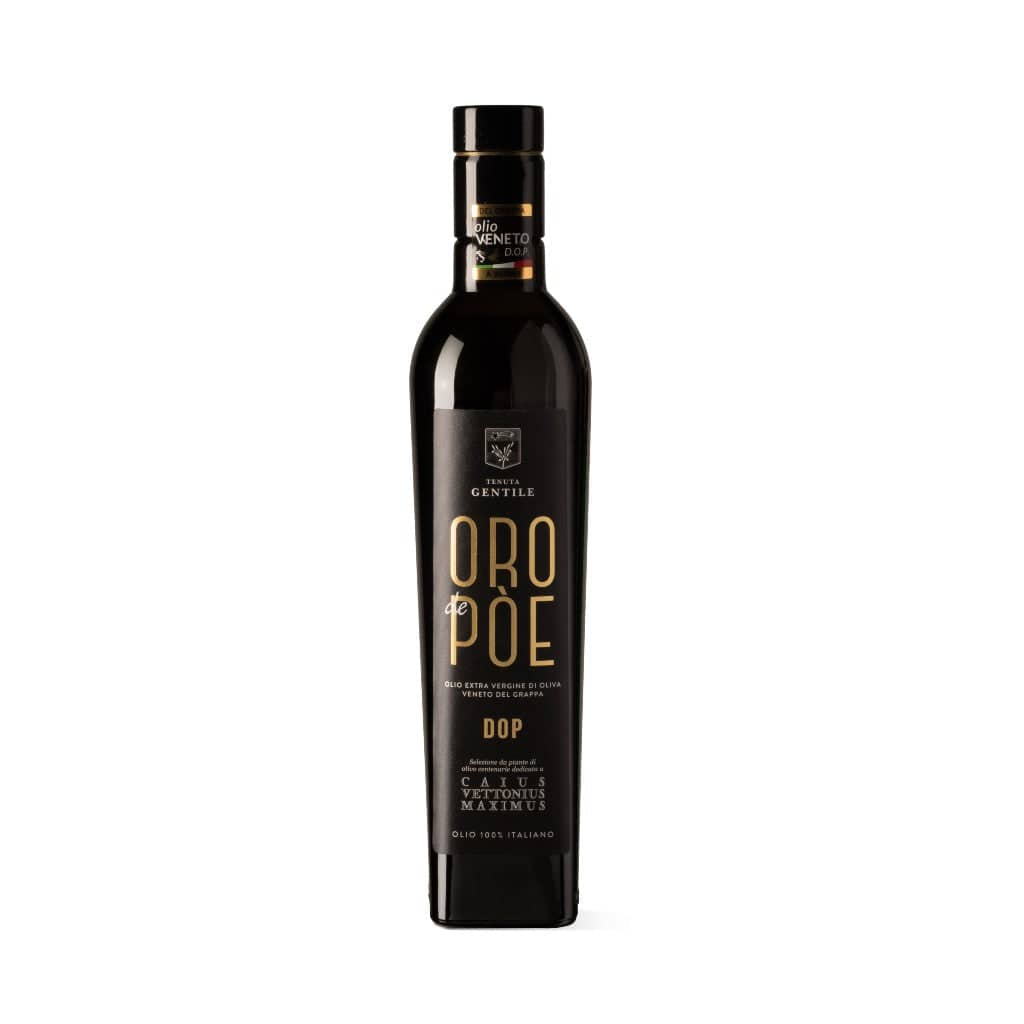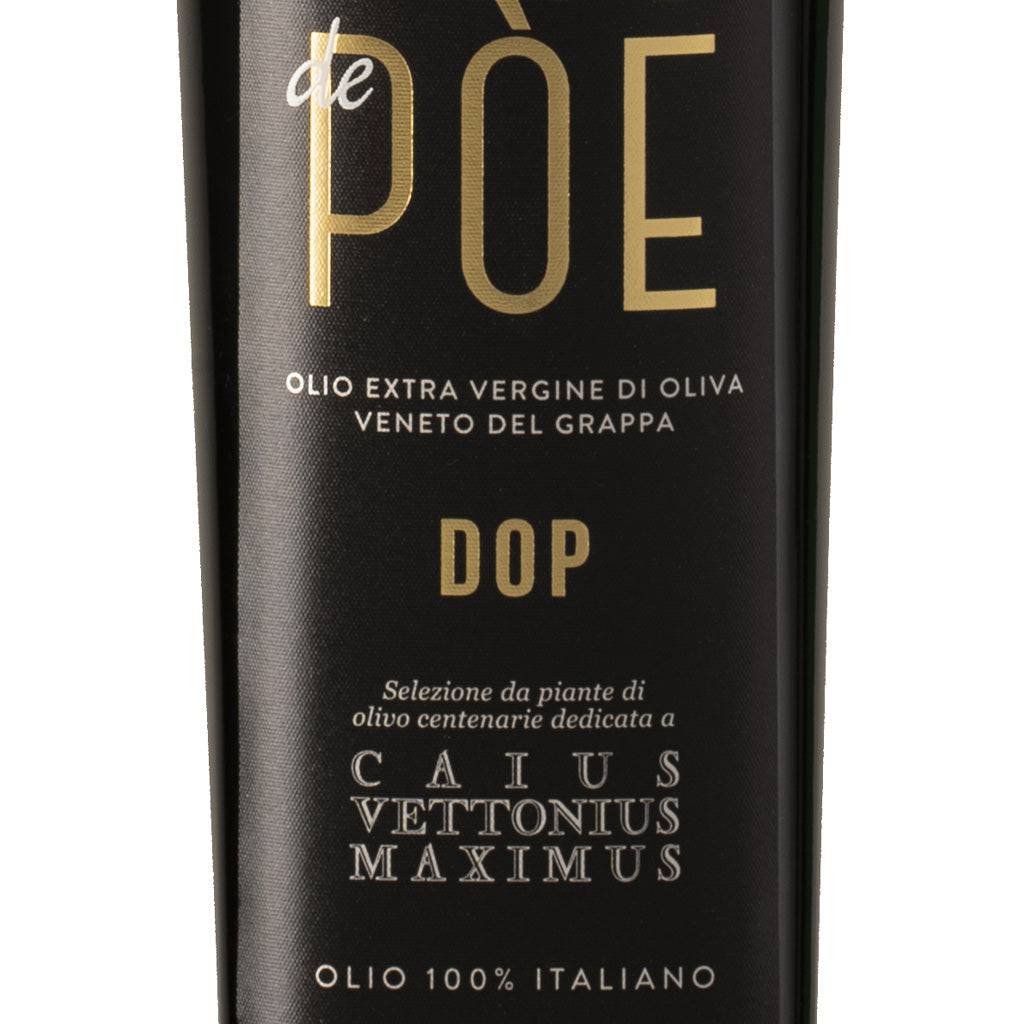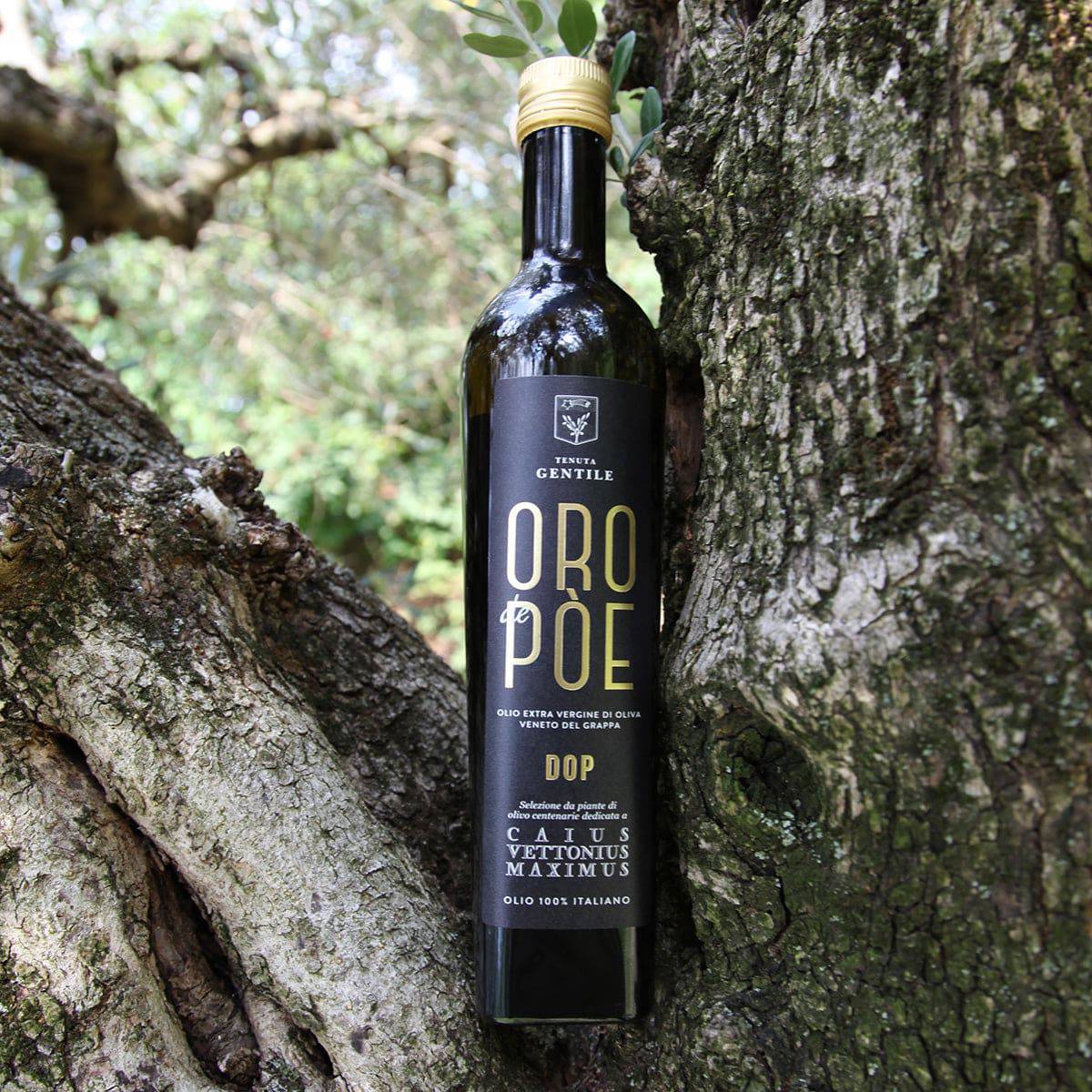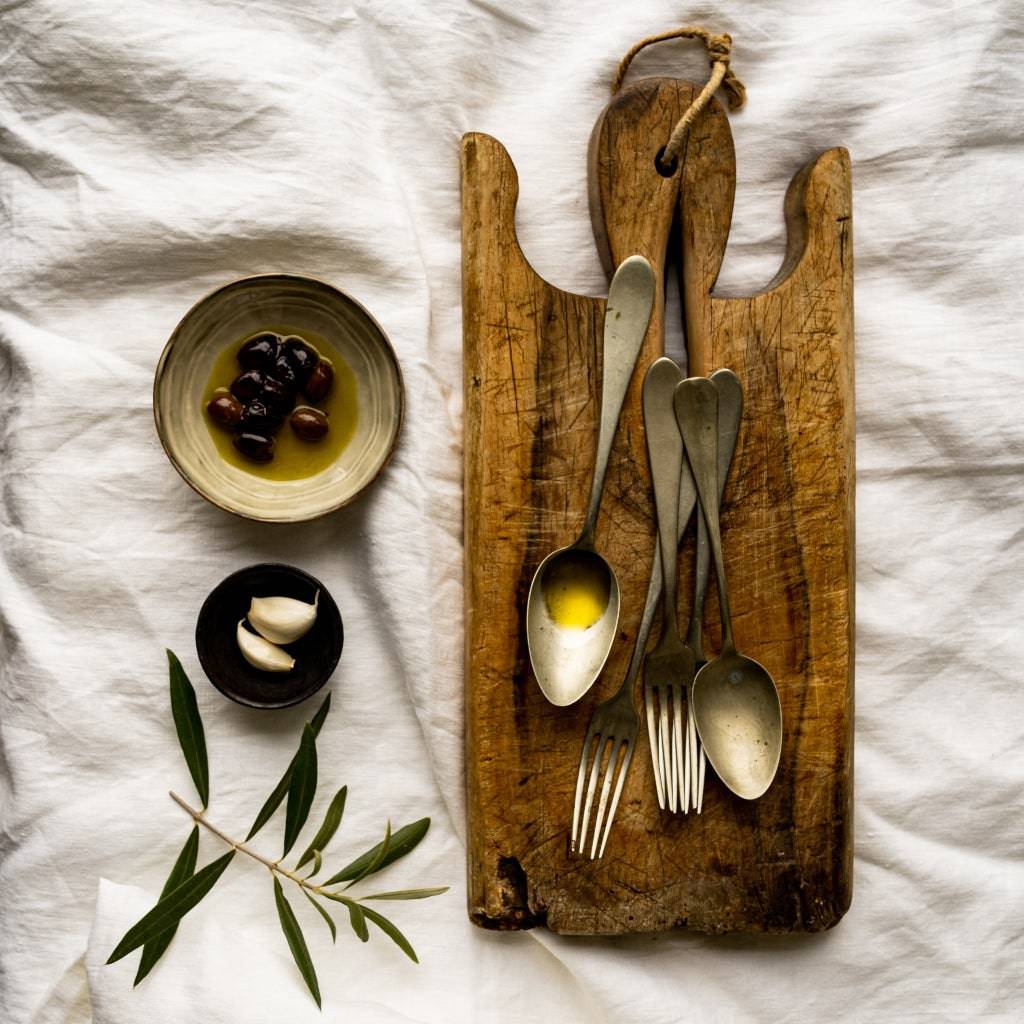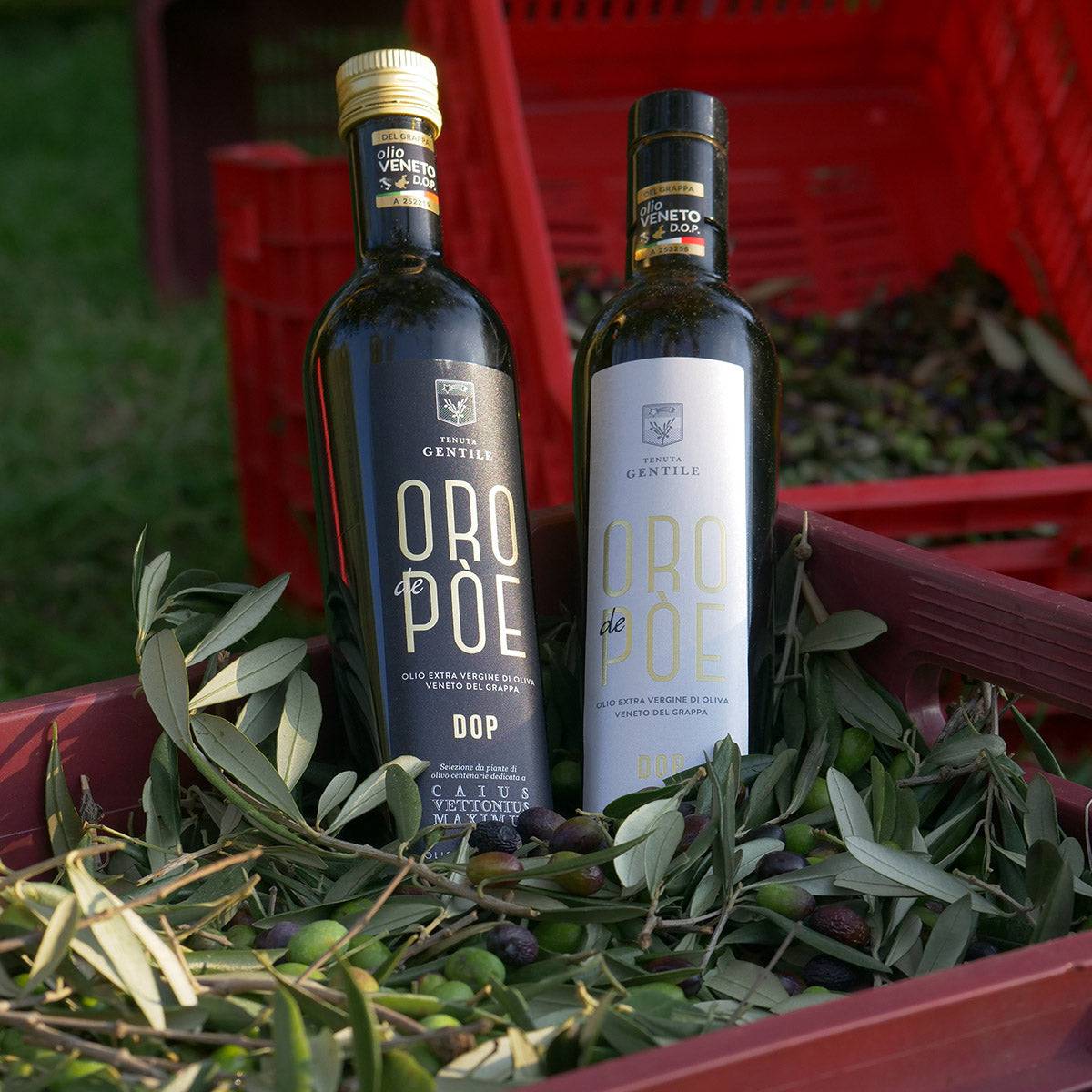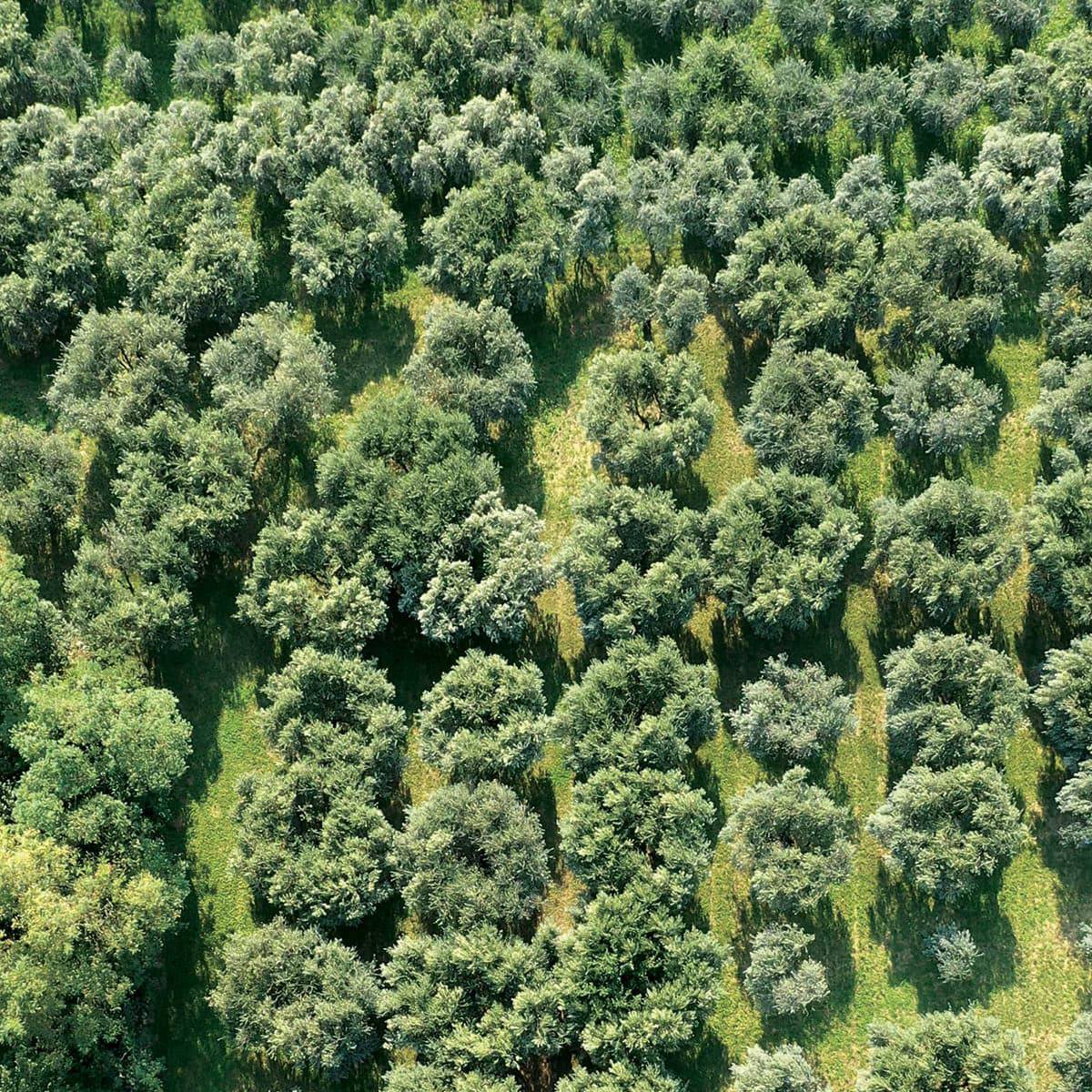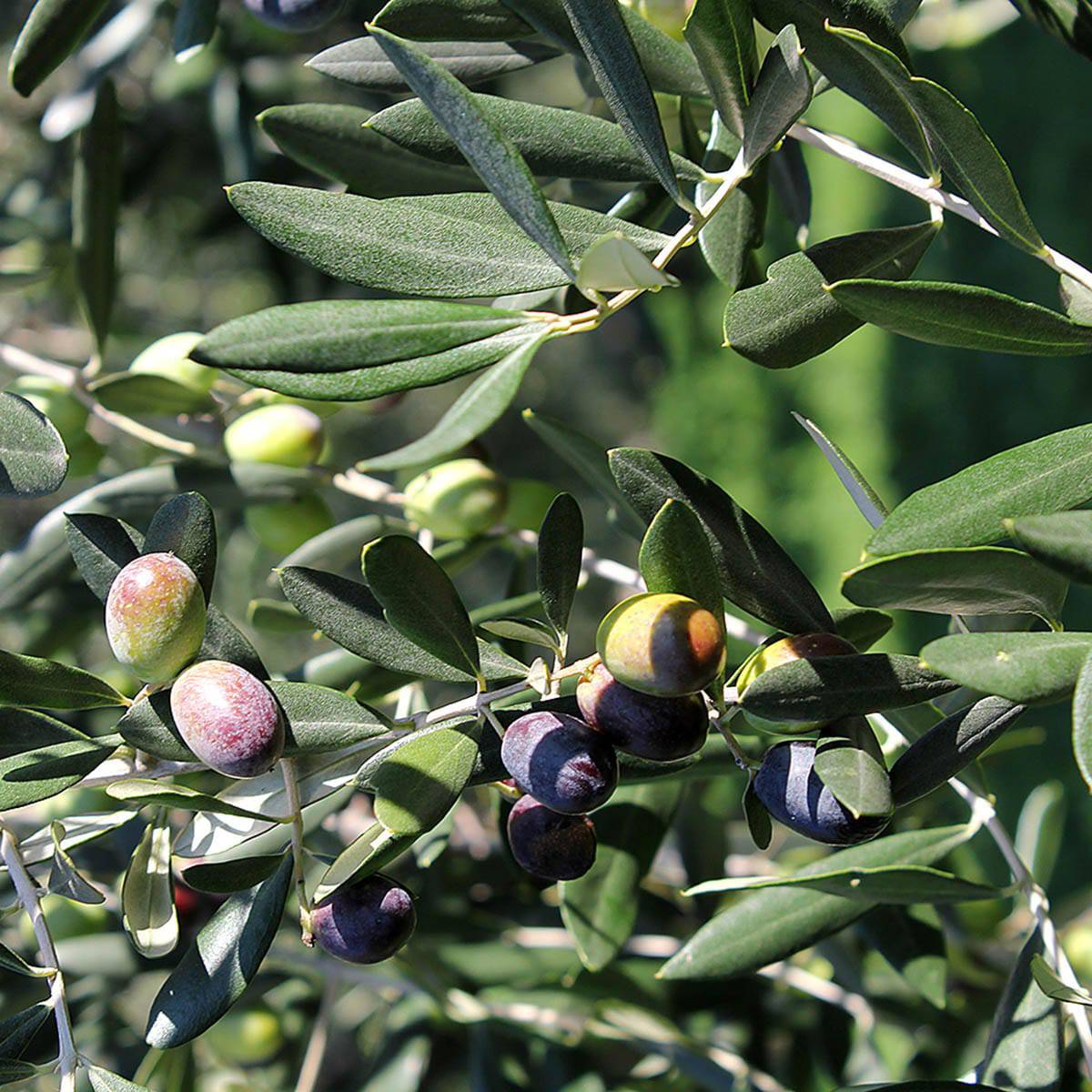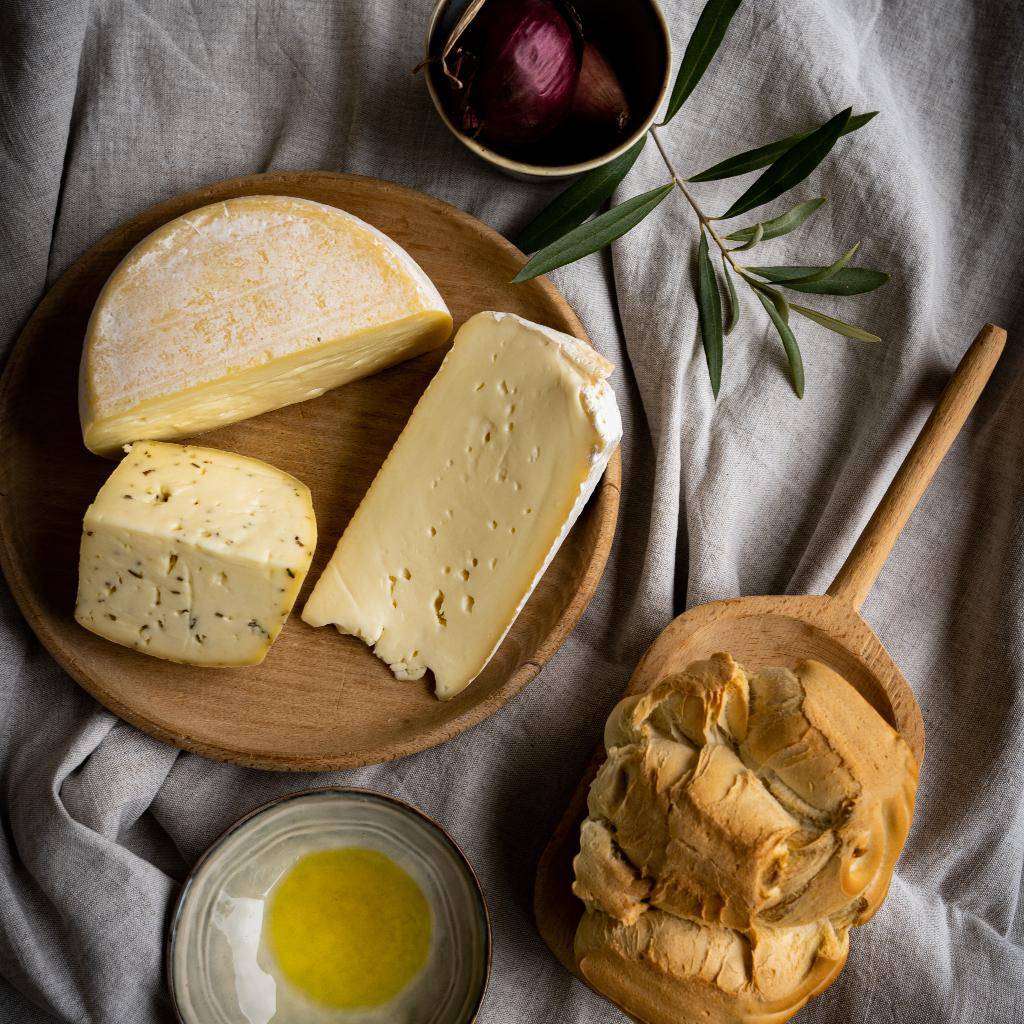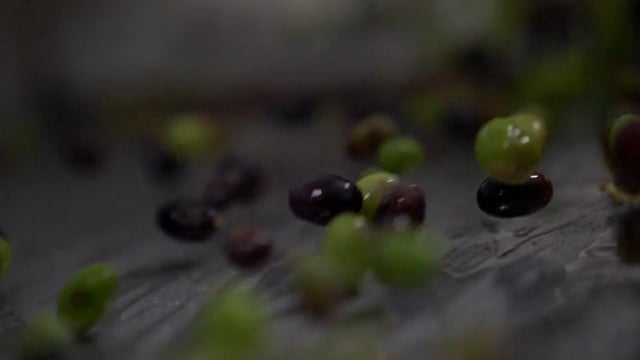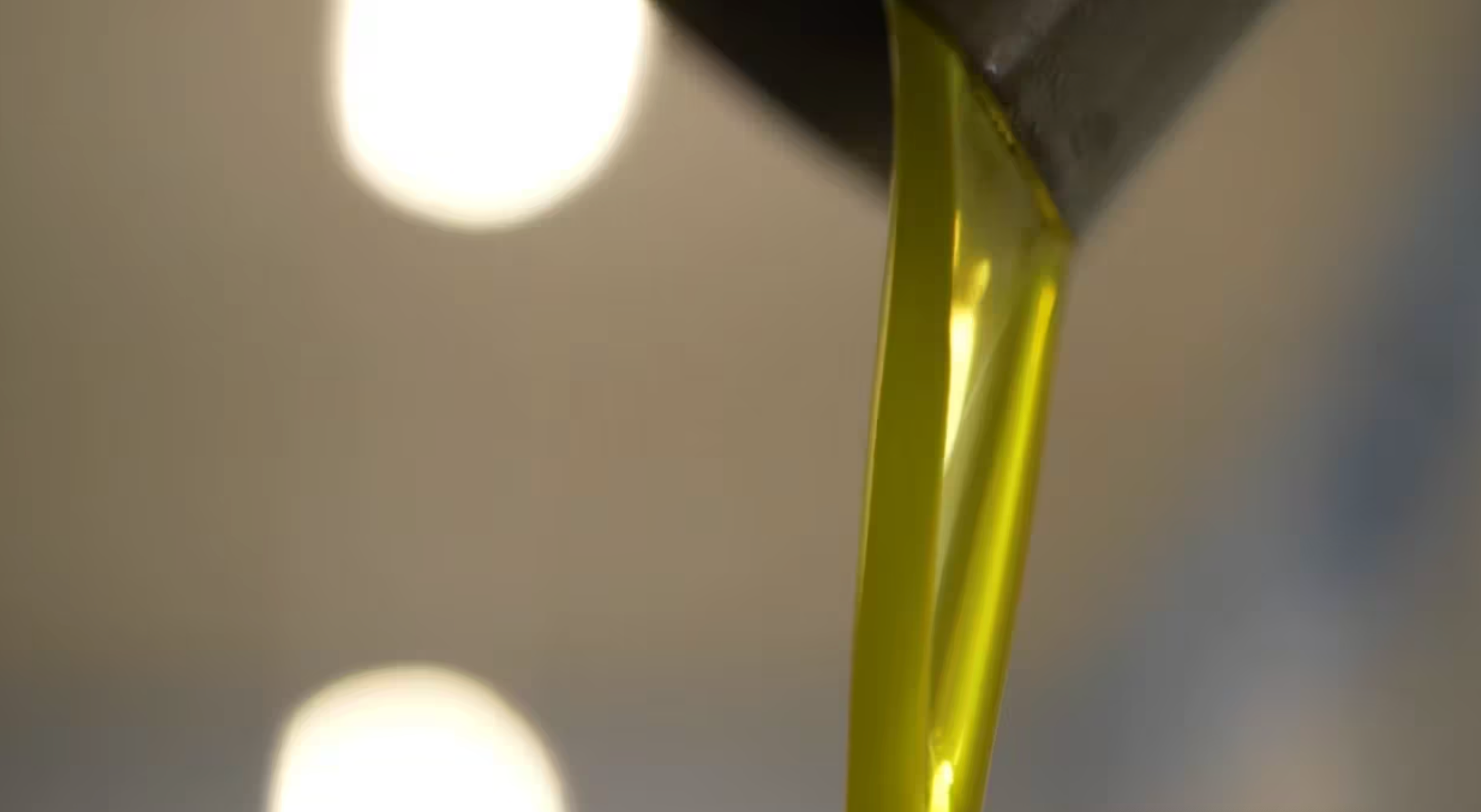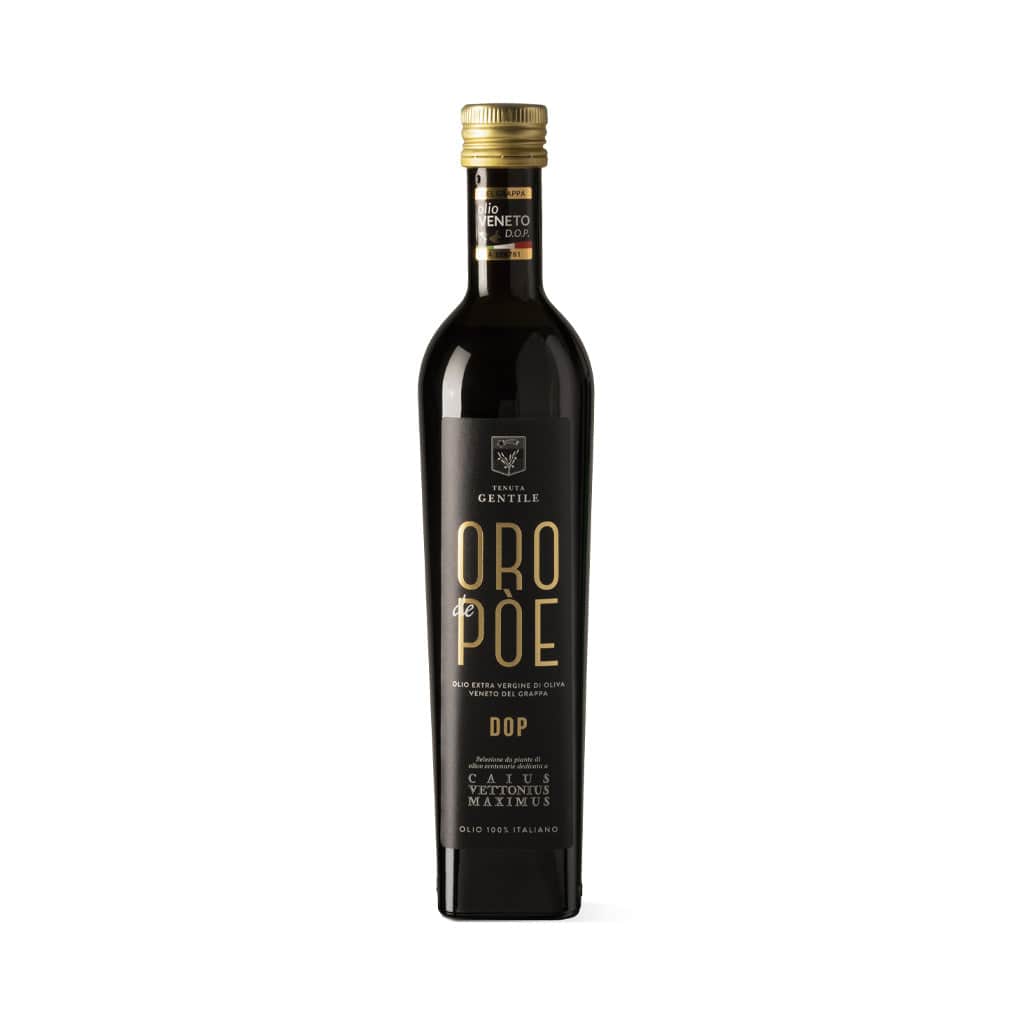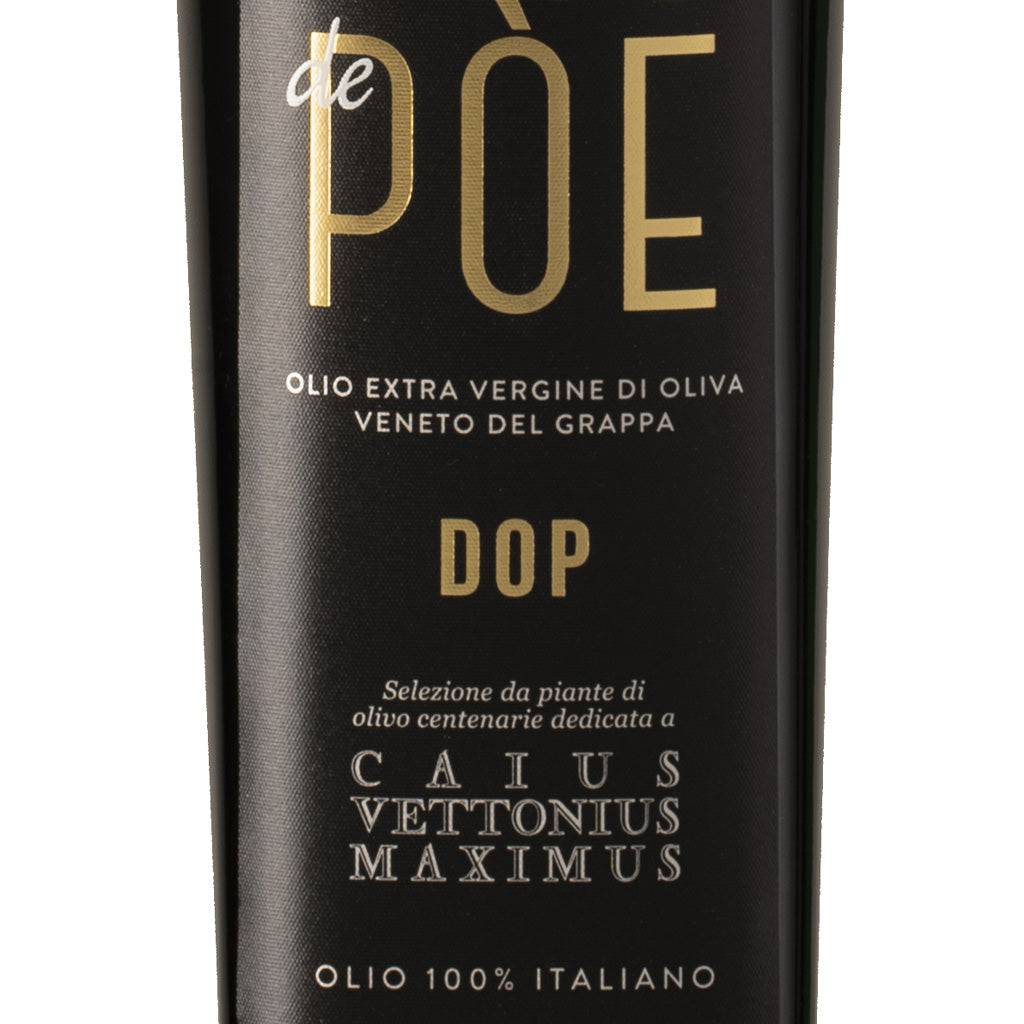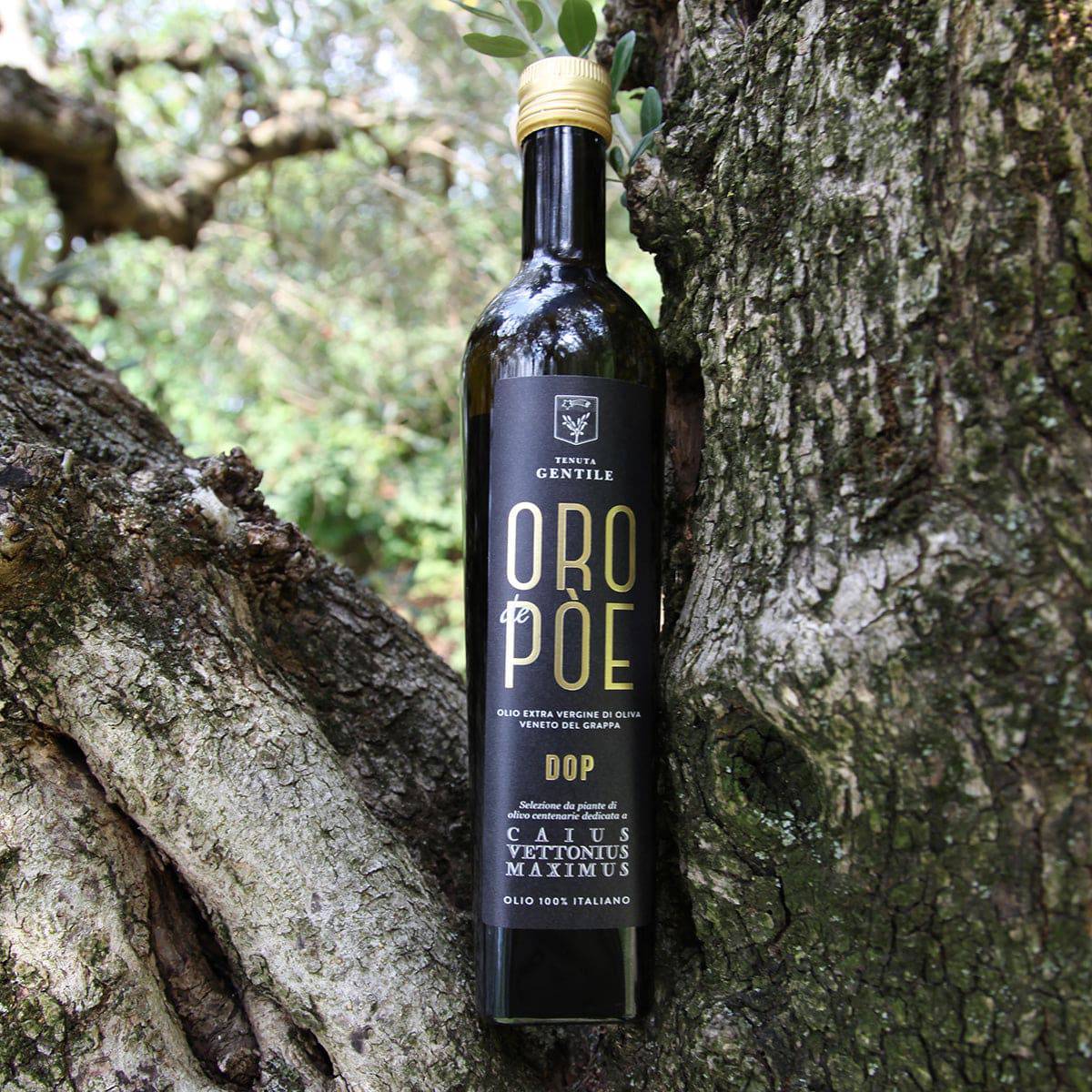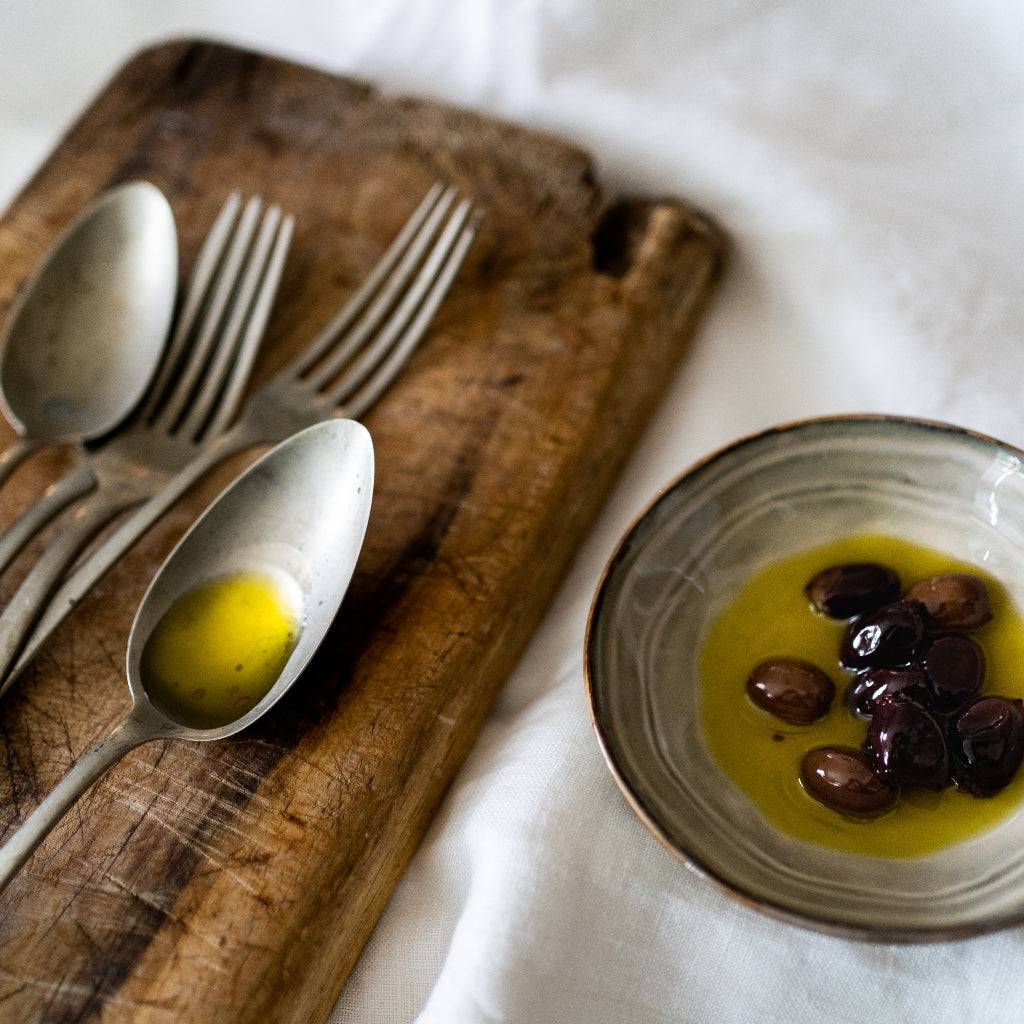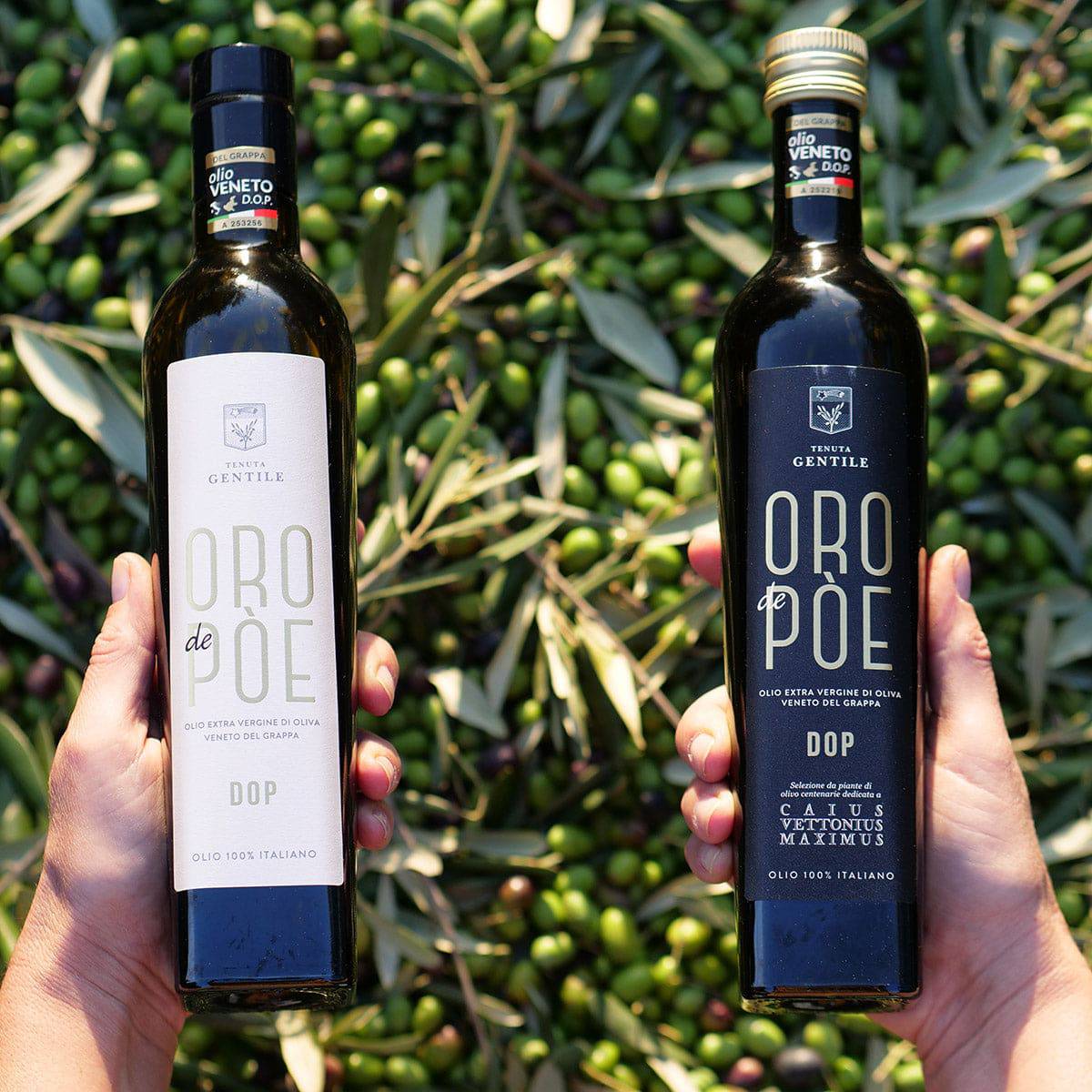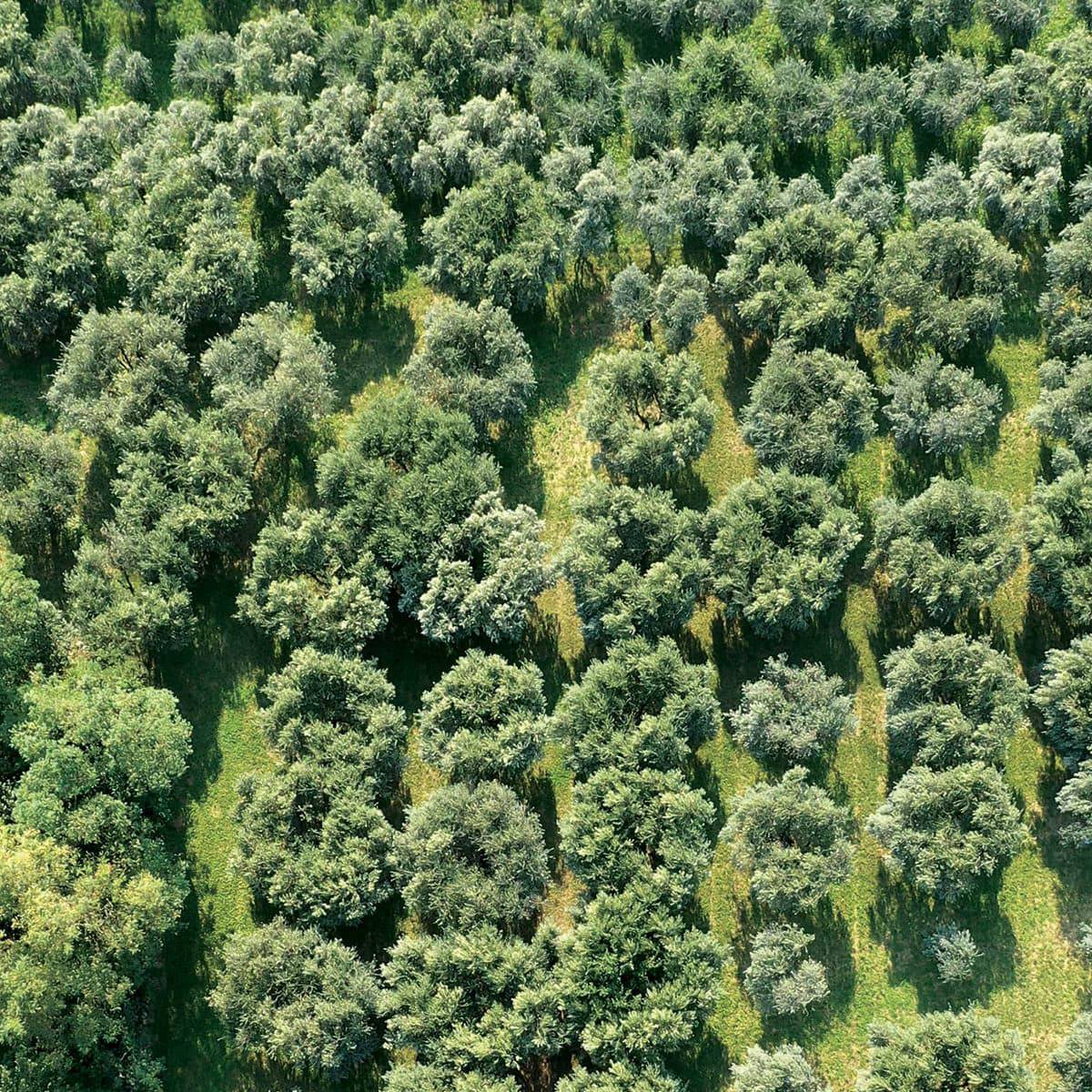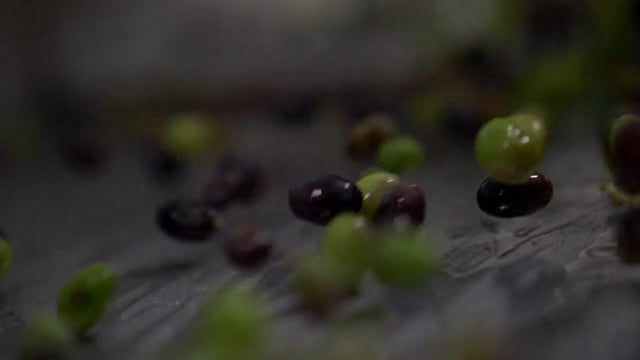Pove del Grappa is historically a small enclave of excellence between the Brenta River, the city of Bassano and the sacred mountain of the Fatherland, Monte Grappa. It was the privileged seat of Venetian patricians in search of peace. Sculptors such as Orazio Marinali, the master of late Baroque statuary, drew raw material from its stone quarries. The tradition of stonecutters is flourishing, a quality of wood that makes the difference, especially in domestic flooring, linked to the centuries-old cultivation of olive trees. By way of retaliation, the etymology of Pove refers to the Latin poveledum, or poplar. The first traces of olive growing date back to 1263, as shown in the inventory of the properties of Ezzelino da Romano, the powerful lord of the time. The ecclesiastical authorities treasured it, as a precious resource for lighting and worship needs. In 1352, at the time of the investiture of the local parish, Paolo di Cherso received from the bishop of Padua, the debrandino, about fifteen olive trees. It was tradition that the church was owed a small tribute of oil as a share of that produced by the various producers.
In the area, oil underwent a period of relative oblivion until the end of the 1920s, with the prevalence of more profitable crops, such as vines and mulberries.
In the 1920s, interest in this cultivation returned, also encouraged by legislation aimed at incentivizing consortia.
The Pove area had favorable characteristics, good sun exposure, protection from cold northern currents, well-drained calcareous soil, a microclimate in which strong and weak points alternate. The sharp drops in temperature can be harmful to the harvest, as it is true that the winter climate can be a natural antagonist of the olive fly.
In the rural economy of the time, oil had its own well-defined niche. It contributed to the creation of panada, food to wean children or to console the elderly. To restore strength to mothers after giving birth, they were offered bread fried in oil and a good glass of red wine.
 In the 1980s, the change of pace, as Orio Mocellin, historic mayor of the town and now National Councilor of the Cities of Oil, testifies. The olive tree has left the domestic dimension and has taken on a role more in line with the growing demand for quality that has rapidly spread throughout the country. Suffice it to say that in Italy there are three hundred and thirty olive-growing areas.
In the 1980s, the change of pace, as Orio Mocellin, historic mayor of the town and now National Councilor of the Cities of Oil, testifies. The olive tree has left the domestic dimension and has taken on a role more in line with the growing demand for quality that has rapidly spread throughout the country. Suffice it to say that in Italy there are three hundred and thirty olive-growing areas.
The Cities of Oil, created in 1994, are present in eighteen regions, without forgetting that Italy is the country in Europe with the most widespread heritage at a territorial level.
It is thanks to the foresight of some entrepreneurs in the area that the techniques for harvesting and processing olives have been refined, with early harvests and milling within the next day.
In 2001, the Veneto del Grappa oil received the DOP recognition, the following year the social cooperative's oil mill was inaugurated and in 2006 it entered the prestigious circuit of the Cities of Oil.
The results are tangible, the cultivation of olive trees in the last ten years has more than doubled, taking over from others that had replaced it over time.
Wandering around the small town you can perceive the change of pace, the olive tree has replaced magnolias and maritime pines in the street furniture, also because it is an ecologically ideal plant.
In the vision of local producers, ideas are not lacking and in collaboration with the local agricultural institute, first and foremost, the project of the Strada dell'Olio that from the Vicenza area leads to the Treviso area along the Pedemontana that ideally connects to the Prosecco roads.
Among the small heroic producers of the Conca degli Ulivi, the story of Tenuta Gentile Bizzotto is significant. Gentile was an entrepreneur in the textile industry who opened the new factory on the slopes of Grappa in the 1960s, framed by some century-old olive trees. He decided to keep that tradition alive and planted 200 olive trees for each of his two sons, and Francesco, one of them, thought of maintaining and renewing this family tradition, not only by taking care of his parents' olive grove but, together with his wife Katrien, dedicating 250 new plants to each of his three sons.



